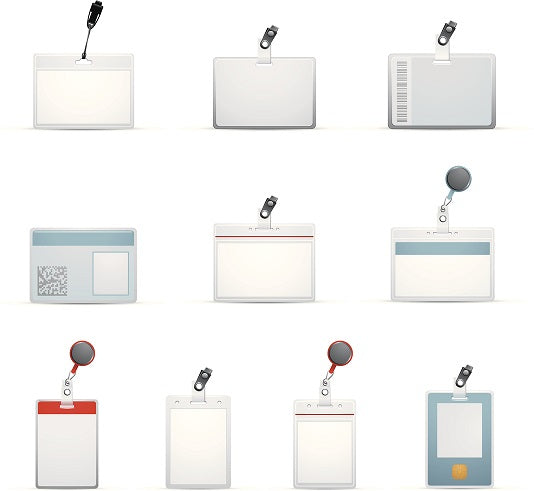Granting secure access to your business or institution should be both efficient and effective. For the correct solution for your ID card needs, there are both customized, integrated solutions as well as off-the-shelf options. Whether you’re securing a building for 2,000 employees, or enabling 6,000 students to pay for their lunches, the right solution matters.
Why do I need ID cards?
ID cards have evolved into more than just identity verification. Cards are used at entry points to increase efficiency and speed up the access process. They are also used to verify identity visually and electronically as well as build brand or program recognition. Whether you’re in business, government, healthcare, or education, ID cards are the first line of defense in the protection of sensitive information from break-ins, theft, or even former employees.
What kind of ID cards are there?
Not all ID cards are created equal. From the level of authentication to the point of use, there are different factors to consider when choosing an ID card. Cost, company size, and the type of transaction also all play a role.
Below are four ID card categories to consider.
Blank PVC/composite card: PVC or composite cards are durable ID cards that can be printed with photo ID and used for visual display among all members of a community. These cards often use magnetic strip encoding or a barcode and are typically used to increase efficiency. Examples of these cards include library cards, gift cards, or membership cards.
Printed ID card: Customizing a PVC or composite card with an employee’s photo and name can help deter card theft or impersonation. Printed ID cards also allow you to brand your ID card with your company logo or design. This is an especially popular option for student and school ID cards.
Proximity card: A proximity card is an RFID card that grants touchless access by being within range of the card reader. So, unlike cards with chips or magnetic strips, a proximity card saves time by not needing to be inserted into a device. The more employees you have, the more time this option saves. Contactless cards also last longer given that they aren’t being worn down swipe after swipe.
Mobile ID card: Anyone who has lost or forgotten their ID card knows what a hassle it can be—not to mention the stress it can cause your company's security team. Mobile access removes the need for employees to have an additional physical identifier on their person. Instead, a mobile ID card utilizes a smartphone's wireless capabilities to communicate with the security system. An employee receives a credential number that is securely stored on their phone. The number gets scanned by a mobile-access compatible card reader--similar to how mobile plane tickets are scanned. One of the best security benefits of a mobile ID card is that you can instantly revoke the access credential remotely if needed. Mobile ID cards can be issued quickly and eliminate the cost associated with printing a photo ID.
Does it need to be an actual card?
The right ID solution for your project can be anything: a small token, key fob, light wristband, or even an app for tablets and smartphones. Your ID access system can even be a face scan. Don’t assume that an ID card is the only solution. There may be other options or solutions that work more effectively for your requirements.
Don’t assume that an ID card is your only option. There are other security solutions that may work more effectively for your needs. Regardless of what security system will solve your problems, IDEXPERTS can answer your questions and make custom recommendations.

